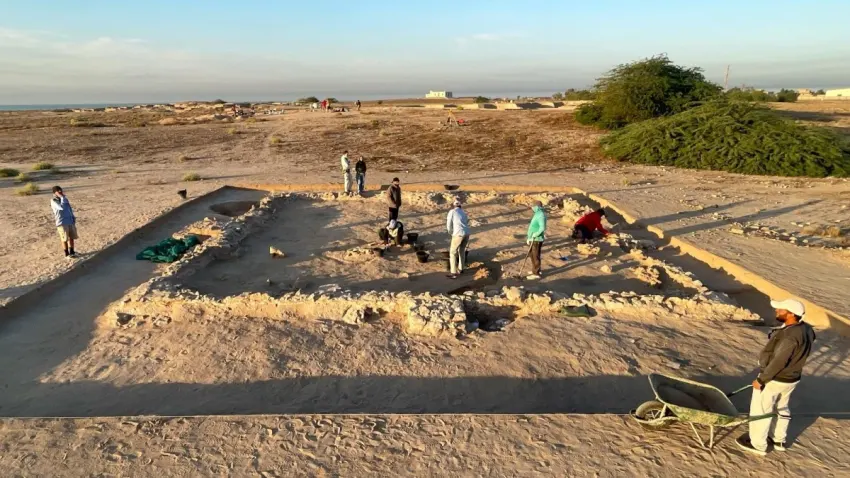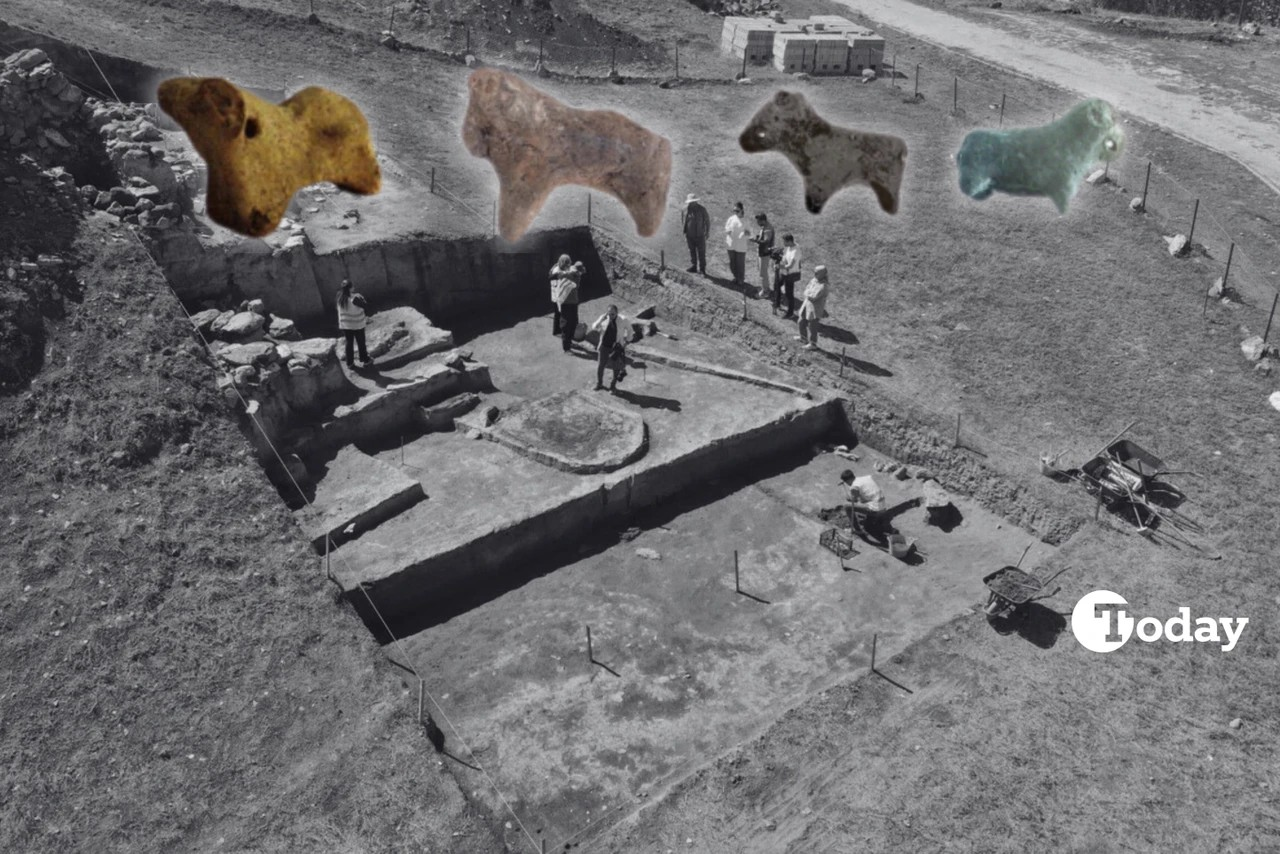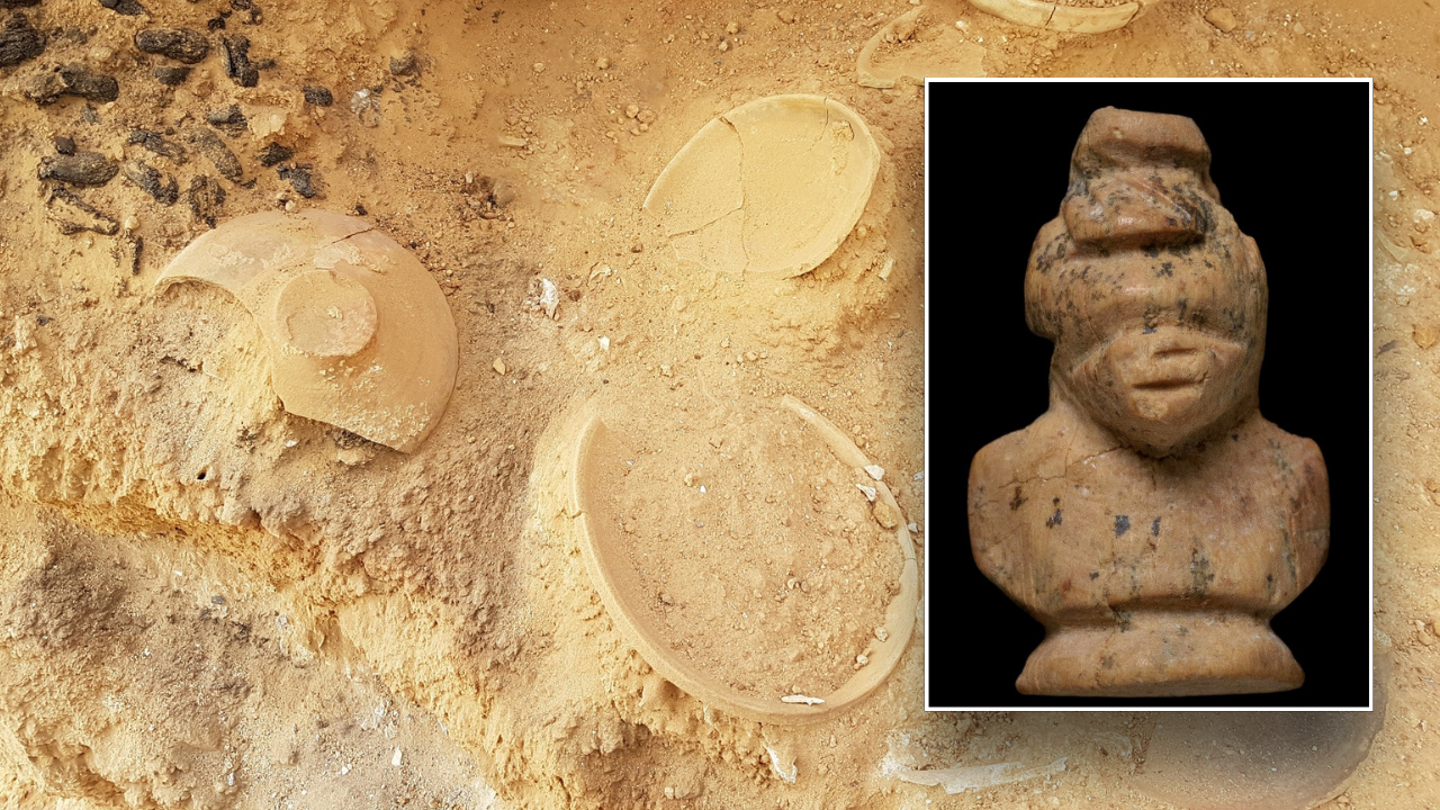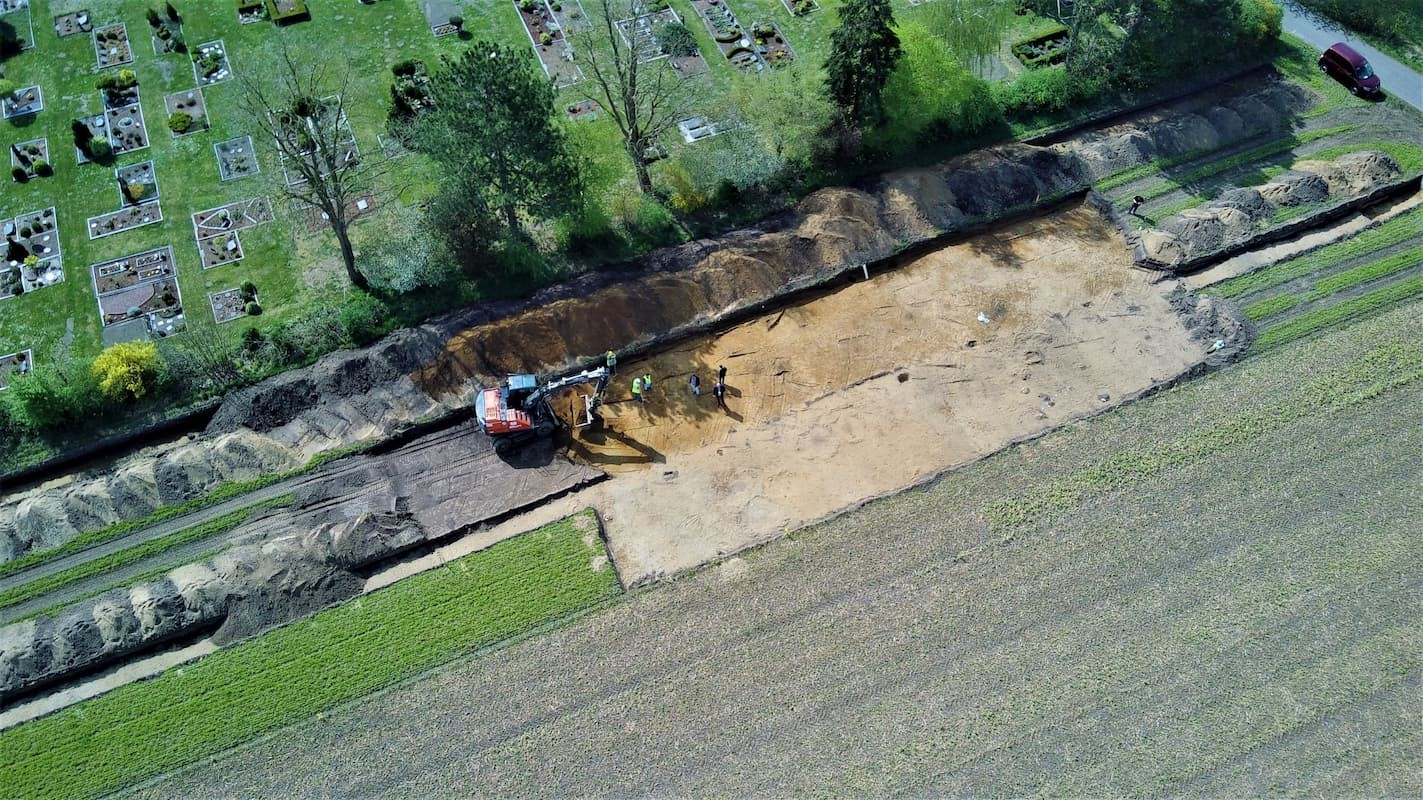Fruits have served as a delicious and calorie-rich food source for humans for thousands of years. The ability to distinguish between ripe and unripe fruits, particularly red and green, is believed to have been evolutionarily selected for. However, many of the fruits we eat today come from entirely different landscapes and climates than where we live, with many grown thousands of miles away from our grocery stores. For example, apples hail from the Central Asia region, while avocados originated in south-central Mexico. Bananas and plantains got their beginnings in Indomalaya, and blueberries come from North America. Cantaloupes' origin is disputed, but today China produces 51% of all cantaloupes. Cherries are native to Italy and Central Europe, and clementines arose as a hybrid between a mandarin orange and a sweet orange in Algeria in the late 1800s. Coconuts occur throughout tropical, coastal regions, and cranberries were first harvested by Native Americans in the New England region of the US. Dates are some of the oldest cultivated fruits in the world, and the fig predates wheat and rye.
Featured







